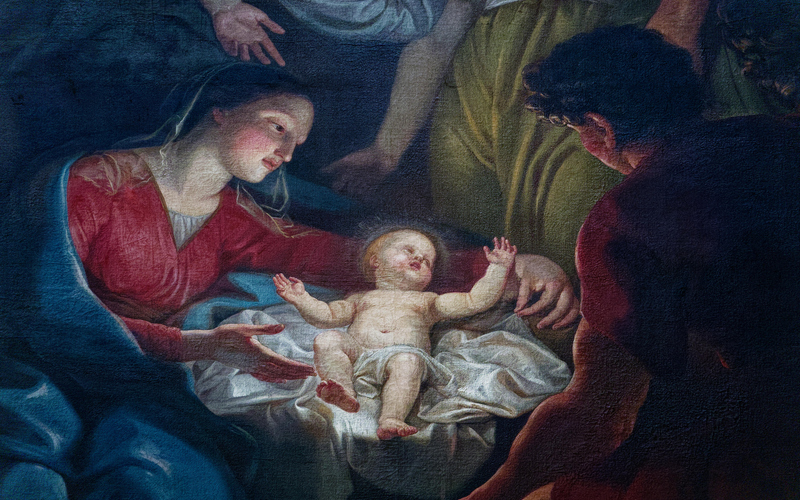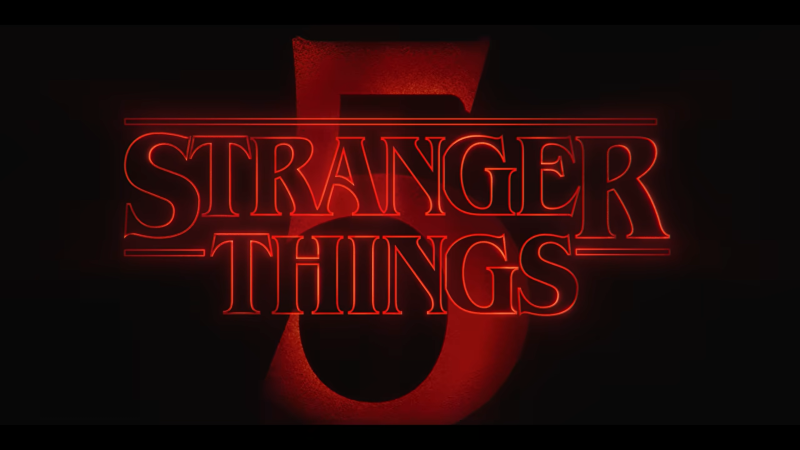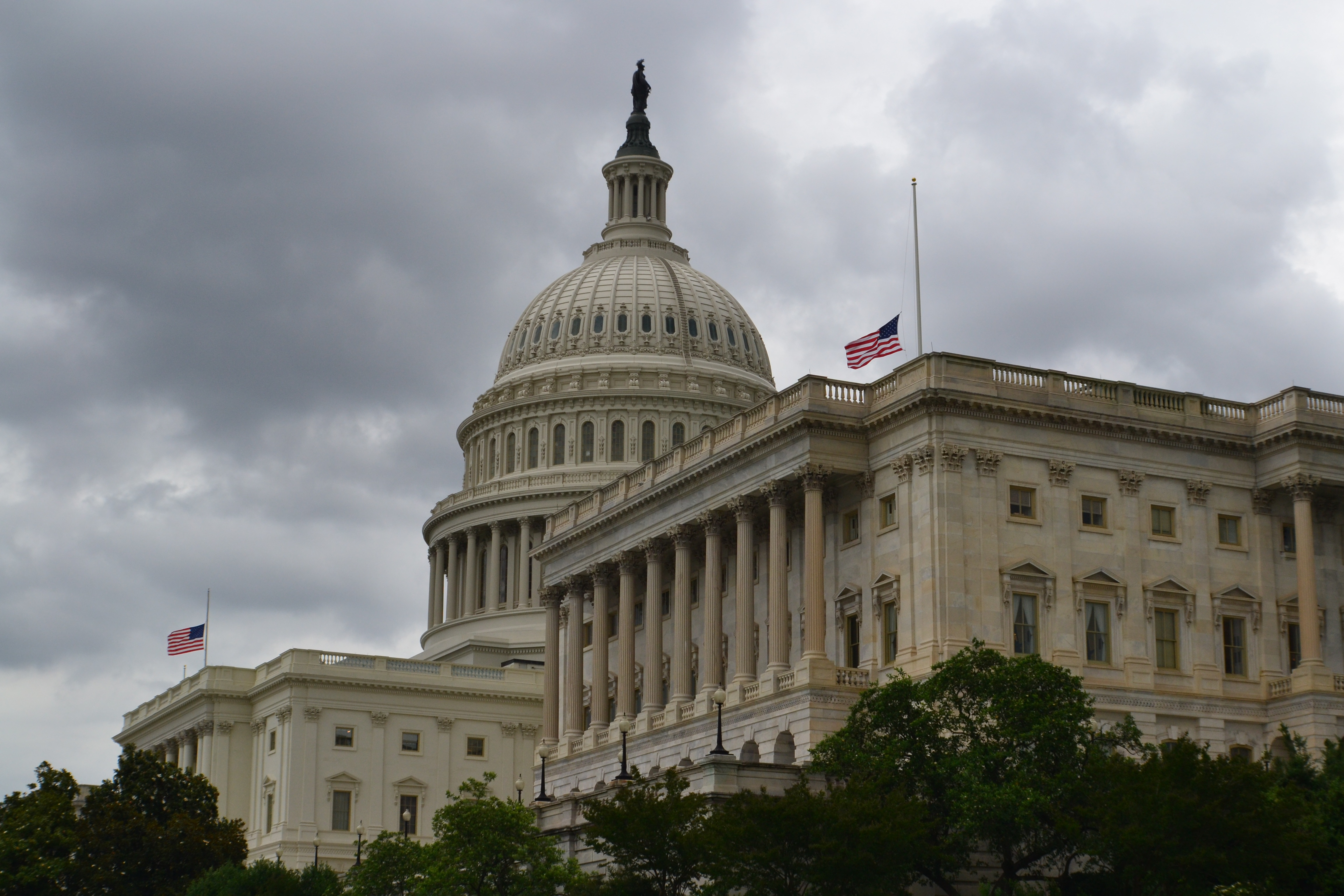How Far Will the Dark Go … This Time?
Sign up for a six month free
trial of The Stand Magazine!
How far does the dark go?
It’s a haunting question. It’s a legit question, and it’s the same question AFA has been asking for the last several months in reference to the content of the original Netflix series 13 Reasons Why: Just how far is the streaming giant willing to go in the name of entertainment and profit?
So it’s ironic – or perhaps chillingly appropriate – that those words are the lyrics to the soundtrack of the recently released trailer for Season 2 of 13 Reasons Why – slated to drop globally on Netflix May 18.
If the lyrics are any indication of the content of the second season, then it is safe to assume that it will be much like the first season – shrouded by a haunting darkness where hopelessness abounds, sin runs rampant, and redemption retreats.
The first season of the 13 Reasons Why is based on a young adult novel written by Jay Asher. Both the novel and the series revolve around the suicide of teenager Hannah Baker who leaves behind cassette tapes that blame 13 different people as the reasons she ended her life. The tapes are her means of revenge, her power over them after death.
Targeted at teens, the Netflix series is rated TV-MA for mature audiences only; the first season is full of gratuitous profane language, excessive drug and alcohol use by high school students, homosexuality, empty friendships, bullying and violence, graphic sex including two rape scenes – one likened to soft porn, and a full-on, raw, very real and gruesome three-minute depiction of a teenage girl committing suicide.
The official trailer for Season 2 hints at similar content including the suspected addition of gun violence. According to a review recently released by Entertainment Weekly: Season 2 expands “its focus into a timely examination of sexual assault and its aftermath” while “the issue of suicide and mental health is somewhat sidelined.”
This time around, the creative team behind 13 Reasons Why did make some much-appreciated efforts to soften the blow of the controversial series that has received much criticism despite its huge fan base. There are content warnings attached to the series and even a video of cast members out of character speaking to viewers about the heaviness of the show’s topics. An informative website with a discussion guide and support resources and services for those in crisis is also available. Viewers are even encouraged to watch the show with a trusted adult.
Sounds good. Right?
Wrong.
Those behind the film are very strategic in the timing of the release of Season 2. It is releasing at the end of the school year and the beginning of summer – when young people will be at home alone with very little to do. Such timing only encourages young people to binge-watch the second season (and perhaps go back and do the same with the first season), ultimately increasing the popularity of the show and upping the hype for Netflix.
While Netflix has taken some cautionary steps in the right direction, it is still not enough. Why continue – in the name of “awareness” and “fostering conversation” – to create and produce a show that is leading young people to mimic what they see on the screen?
It’s not worth it.
The Bright family of Alabaster, Alabama, would agree. Fourteen-year-old Anna Bright committed suicide in a way similar to what she saw in 13 Reasons Why after binge-watching the first season. She was not the only one.
Bella Herndon and Priscilla Chiu, both 15-yearolds from California, took their own lives just days after watching the series. And a 23-year-old Peruvian man, Franco Alonso Lazo Medrano, also committed suicide and left behind recordings that mimicked what the main character did in 13 Reasons Why.
Brian Yorkey, writer and producer of 13 Reasons Why, told BuzzFeed:
[W]hen developing Season 2, the production team hired new additional experts in mental health and sexual assault to advise them on their storylines. These consultants provided information about the real-life implications of some of the topics addressed on the show, explaining how particular scenarios would play out in real life — with an ‘attentive, young audience’ in mind.
Perhaps the families of Bright, Herndon, Chiu, and Medrano should be “the experts” who provide such information in the form of hard evidence to Yorkey, who chose to end Season 1 with a copycat suicide attempt that continues as a storyline in Season 2.
According to BuzzFeed:
Some critics argued it was dangerous for the show to bleakly end its first season with another character attempting suicide, but Yorkey said he and the other writers wanted to explore what it would look like for a copycat suicide to occur at the fictional Liberty High School because “unfortunately copycat suicides are incredibly common ... especially for someone impacted by that first suicide.
Obviously, he speaks the truth – a truth that has been proven for decades, a truth that says the impact of media is incredibly powerful over a person, a truth that AFA has been speaking since its beginnings.
AFA has reported extensively on the story of Anna Bright. You can read her story here and watch it here. In an effort to save lives, AFA came alongside the Bright family to help them get their message out about the dangers of 13 Reasons Why. AFA even contacted Netflix requesting a meeting to discuss concerns about the series and has had nearly 60,000 people sign a petition asking Netflix to pull Season 1 of the show and cancel Season 2.
Netflix never responded.
Thus, history repeats itself.
In the April 1980 Newsletter of the National Federation for Decency, now the AFA Journal, AFA founder Don Wildmon reported the following: “Before CBS aired the two movies Exorcist and Exorcist II, their affiliate stations received literally thousands and thousands of calls asking them not to show the program. But the program was aired despite requests.”
But because CBS anticipated the show receiving a high viewing audience, which translates into profits, the show was aired. A few days after, four-year-old Khonji Wilson of Texas was stabbed seven times by her mother who then cut out the child’s heart and put it in a washcloth. The mother mimicked what she saw in the Exorcist II, and an innocent child was murdered “because of indifference and unconcern and greed by CBS,” Wildmon said.
Over the next decade, from 1980-1987, The National Federation for Decency, now the American Family Association, reported on a number of similar instances in which media influenced viewers to copy what they saw on screen.
In 1980, eight people died after the release of a movie titled The Deer Hunter in which Russian roulette was depicted by actors who were then mimicked in real life. By 1987, nearly 40 deaths were caused by people shooting themselves after watching the movie.
In the mid-80s, the movie Surviving aired nationally on ABC. The movie was a fictional tragedy intended to depict “the growing social problem of teenage suicide” in America. The movie showed actors committing suicide by asphyxiating with exhaust fumes. The next day, 18-year-old Gary Wenger was found dead in his father’s car. “The movie provided not only Gary’s method but the impetus for killing himself,” Wildmon reported in the April 1985 issue of his newsletter.
In April 1986, Marcie McNeill wrote: “Movies have become an unrealistic portrayal of life. Life loses its true meaning after two hours of Rambo blowing everyone away.” She also references a movie titled Better Off Dead in which the main character is constantly trying to find ways to kill himself in an attempt to humor viewers. McNeill said, “I thought that a suicidal person who might have had the feeling reinforced that suicide is not only an alternative but is a good one to be seriously considered.”
Over 30 years later, McNeill’s thoughts are so very applicable to what is portrayed in 13 Reasons Why. The show glorifies suicide as an act of revenge, a viable option, thus encouraging teens who find themselves in desperate situations to do the same.
“Is there no place for artistic and corporate responsibility and self-restraint? Is it responsible to promote teen suicide when we are in the midst of a national epidemic?”
Tipper Gore posed those questions in September 1987 when suicide was the second leading cause of death among young people ages 15 to 24, when an estimated 13 teens a day were killing themselves.
Today teen suicide remains the third leading cause of death among young people ages 10 to 24. Children are taking their lives five years earlier than they did three decades ago resulting in about 4,600 suicides a year.
So Netflix … just how far are you willing to let the dark go this time – all in the name of entertainment?

Sign up for a free six-month trial of
The Stand Magazine!
Sign up for free to receive notable blogs delivered to your email weekly.



















